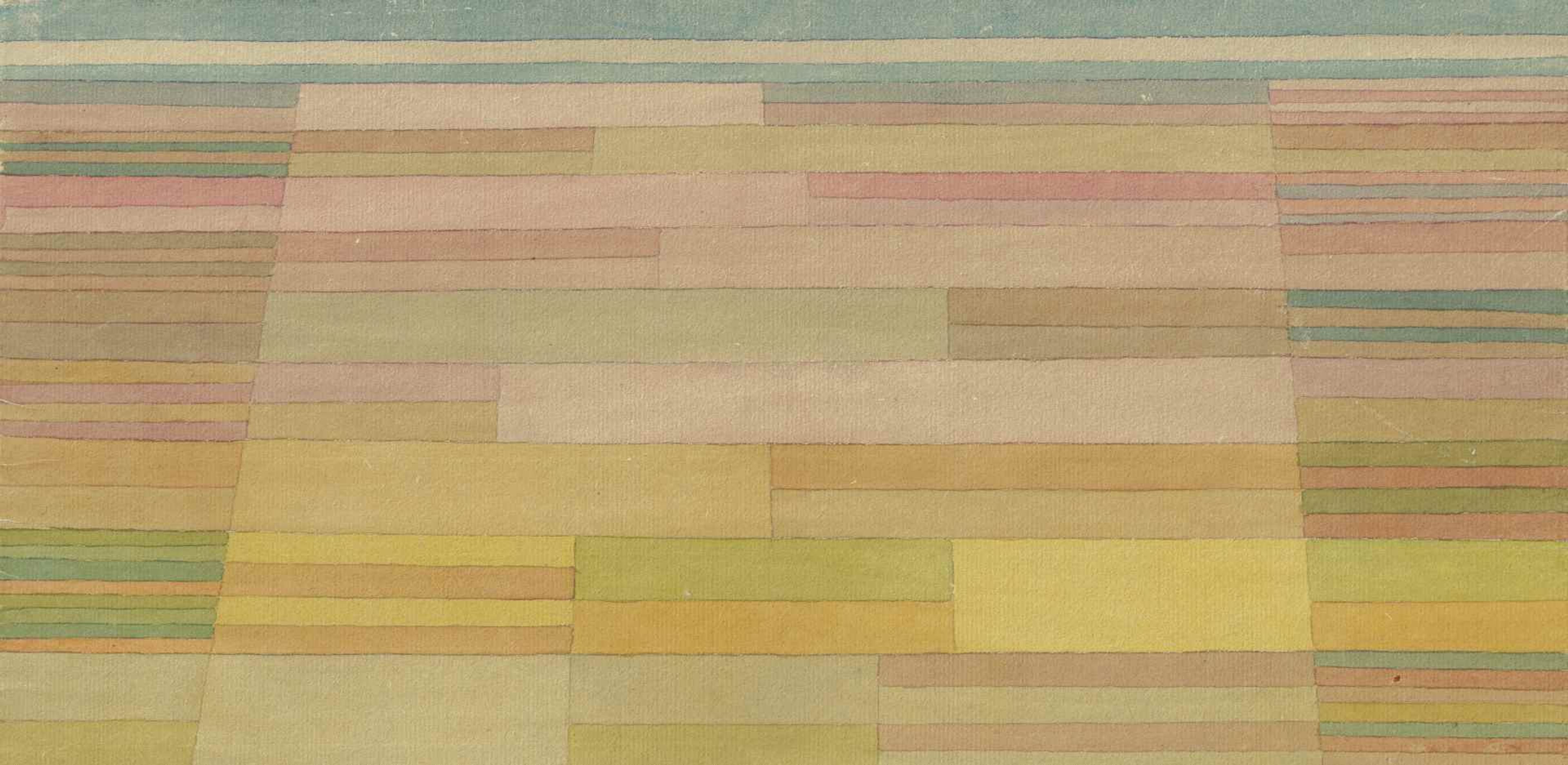Museum Berggruen, Berlin
March 2020
March 3, 2020–June 10, 2021 Twice in his life, Paul Klee was drawn to North Africa for study purposes, joining a long tradition of artists’ journeys to the “Orient.” The beginning of his art career took him to Tunisia, and as an established artist and teacher at the Bauhaus he traveled to Egypt. The Museum Berggruen is dedicating a concentrated special presentation to Klee’s works in the Nationalgalerie Collection whose origins are connected with his travels to North Africa. These works are complemented by five generous loans from the Kunstsammlung Nordrhein-Westfalen, Düsseldorf. Paul Klee’s two-week study tour with August Macke and Louis Moilliet in 1914 marked a major turning point in the artist’s work, which saw an intensification of color and removal of representational reference in his motifs. Deeply moved by this new environment, Klee undertook developing a new visual language, transforming architecture and landscapes into abstract, grid-like fields of color. Over a decade later, Klee traveled back to North Africa, visiting Egypt in 1928 to 1929. Fascinated by the geometric patterning etched into fields along the Nile valley, Klee created a series of highly geometricized compositions of fractured horizontal and vertical bands. Although the rhythm of these configurations take their cue from the mathematical principle Klee called the “cardinal progression” (1, 2, 4, 8, 16), the vibrant coloration is wholly inspired by the atmospheric impressions drawn from Egypt’s natural environment.

